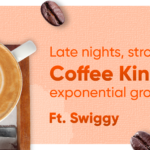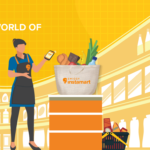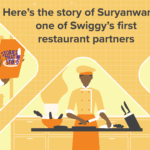McDonald’s has become synonymous with fast food, serving millions of customers daily in over 100 countries. From its humble beginnings as a single roadside restaurant to becoming a global leader in the industry, the brand has revolutionized how people think about food and dining. Known for its iconic Golden Arches, the brand has set benchmarks in efficiency, consistency, and adaptation. This blog explores McDonald’s fascinating journey from its origins to its current status as a global fast-food empire.
The Founding Brothers of McDonald’s origin: Richard and Maurice McDonald
The story of McDonald’s begins in the 1930s with two brothers, Richard (Dick) and Maurice (Mac) McDonald. Originally hailing from New Hampshire, the brothers moved to California during the Great Depression, seeking better opportunities. In 1940, they opened their first restaurant, McDonald’s Bar-B-Q, in San Bernardino, California.
The original menu featured various items, from barbecue to burgers and milkshakes. However, the brothers noticed that hamburgers and fries were their best-selling items. This realization laid the groundwork for the business model where the focus was on simple and affordable food. This marked the beginning of a revolution in the fast-food industry.
The Introduction of the Speedee Service System
In 1948, the McDonald brothers revamped their restaurant, introducing the “Speedee Service System.” This system was designed to maximize efficiency, reduce costs, and ensure consistent quality. Inspired by assembly-line production techniques, the Speedee system streamlined food preparation, limiting the menu to a few core items: hamburgers, cheeseburgers, fries, and beverages.
The higher use of technology and innovation saved a lot of costs. Now, high-skilled cooks or chefs were not needed. Simple people could do the layman tasks of frying and grilling at high speed and with minimum skills through machines and good pieces of equipment.
To symbolize this new era of fast food, the brothers introduced the “Speedee” mascot, a cheerful chef who became the face of their brand. While Speedee was later replaced by the iconic Golden Arches and Ronald McDonald, its introduction marked a milestone in Mcd story, followed by the beginning of the brand’s rise to prominence.
Ray Kroc and the Era of McDonald’s Global Expansion
While the McDonald brothers laid the foundation, Ray Kroc turned McDonald’s into a global empire. Born in 1902 in Illinois, Kroc was a salesman who first encountered the McDonald brothers in 1954 while selling milkshake mixers. Impressed by the efficiency of their operation, Kroc saw immense potential in their concept.
In 1955, Kroc partnered with the McDonald brothers and opened the first franchise in Des Plaines, Illinois. Soon after, he acquired the rights to the company, transforming it into a franchise-based business model.
Kroc’s vision extended far beyond a single restaurant. He focused on creating a consistent customer experience worldwide, emphasizing strict quality control, training for franchisees, and standardized operations. Under his leadership, the brand rapidly expanded across the United States and later internationally. By his death in 1984, the company had become a household name.
The Evolution of the McDonald’s Brand
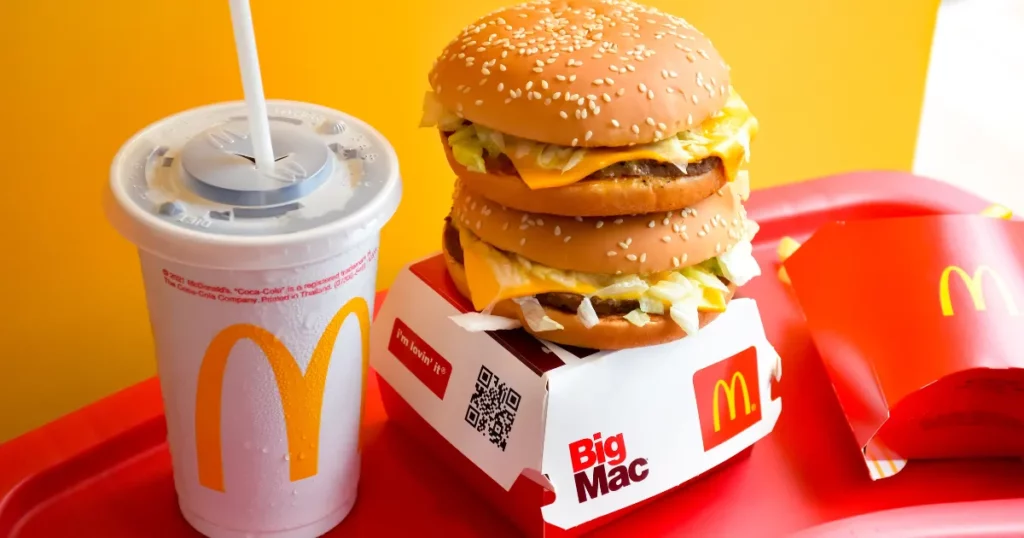
McDonald’s branding has played a significant role in its success. Adopting the Golden Arches in the 1960s gave the brand a unique and instantly recognizable symbol. The arches, designed by architect Stanley Meston, became a global icon synonymous with fast food.
Another key element of branding was the creation of Ronald McDonald, the cheerful clown introduced in 1963. Ronald became the face of the brand, appealing to families and children while reinforcing the company’s position as a family-friendly restaurant.
Over the years, the brand has introduced several signature dishes that have become staples of its menu. The Big Mac, launched in 1967, remains one of the most popular burgers worldwide. Other iconic items include the Filet-O-Fish, Egg McMuffin, and Chicken McNuggets.
Global Expansion and Adaptation
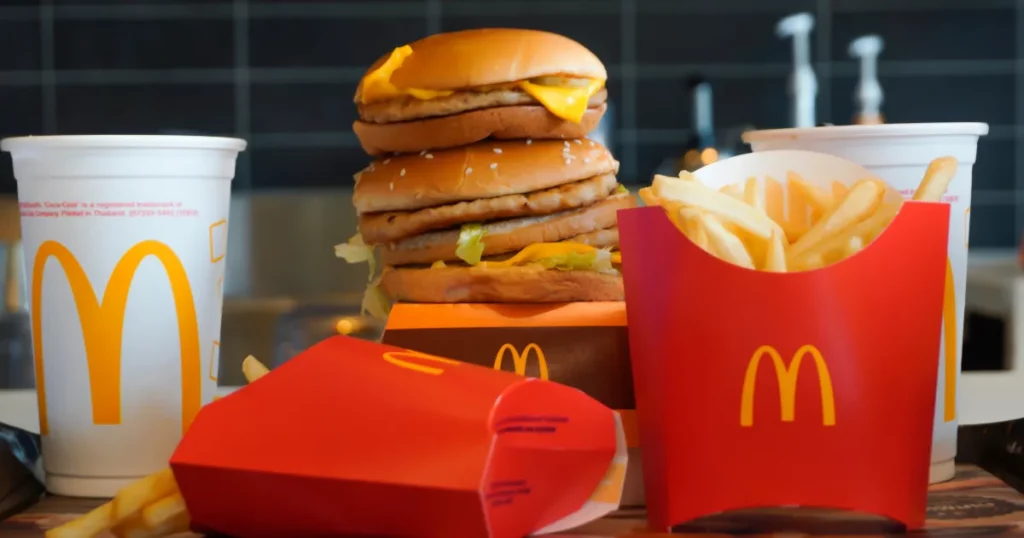
McDonald’s began its international journey in 1967, with its first locations outside the United States in Canada and Puerto Rico. From there, it expanded rapidly across Europe, Asia, and beyond.
One of its keys to success has been its ability to adapt to local cultures and tastes. For instance, in India, where most of the population avoids beef, McDonald’s introduced the McAloo Tikki burger and vegetarian options. Similarly, in Japan, offerings like teriyaki burgers cater to local preferences.
Key Milestones as per history of McDonald’s:
- 1980s: Introduction of the Happy Meal, a marketing strategy that became a hit with children.
- 1990: Opening of the first unit in Russia, symbolizing globalization.
- 2006: Launch of the “I’m Lovin’ It” campaign, solidifying its position as a modern, youthful brand.
- 2020s: Focus on sustainability, including commitments to reduce carbon emissions and use eco-friendly packaging.
The organization operates over 38,000 restaurants in more than 100 countries, serving approximately 69 million customers daily.
Order with Swiggy or Dine In with Swiggy Dineout at McDonald’s!
Searched many “Burgers Restaurants Near Me” but could not find the tastiest option. Now save time and energy and order from McDonalds online. This option guarantees great taste as well as convenience. With just a few taps, you can enjoy your favorite McDonald’s meals delivered straight to your doorstep through Swiggy!
Alternatively, use Swiggy Dineout to book a table at your nearest McDonald’s and enjoy a dine-in experience with friends and family. Whether it’s a Big Mac, a Happy Meal for the kids, or crispy French fries, Swiggy makes it easier than ever to satisfy your cravings.
Conclusion
McDonald’s origin and history is a story of innovation, perseverance, and adaptability. From the humble beginnings of the McDonald brothers to Ray Kroc’s visionary leadership, the brand has grown into a global phenomenon. Its ability to balance consistency with local adaptation has made it a favorite in every corner of the world.
As the organization continues to evolve with changing times, one thing remains constant in the Mcd story: its commitment to serving good food fast. So, the next time you bite into a Big Mac or dip your fries in ketchup, you’re enjoying a piece of history that has shaped how we eat.
FAQ
1. Who is McDonald’s founder?
Richard and Maurice were McDonald’s founder. However, Ray Kroc, who joined the company in 1955, is credited with transforming it into the global fast-food empire it is today.
2. What is the McDonald’s secret menu?
The McDonald’s secret menu refers to off-menu items that customers can order, such as the McGangBang (a McChicken inside a double cheeseburger) or a Land, Sea, and Air Burger (combining beef, fish, and chicken patties). Note that availability may vary by location.
3. How many burgers does McDonald’s sell per second?
McDonald’s sells an estimated 75 burgers per second worldwide, amounting to millions of burgers sold each day.
Author Bio
Satisfying your cravings, one bite at a time. Discover the best eats, trends, and uncover the hidden gems with us to make your online ordering or dining experience a memorable one.





